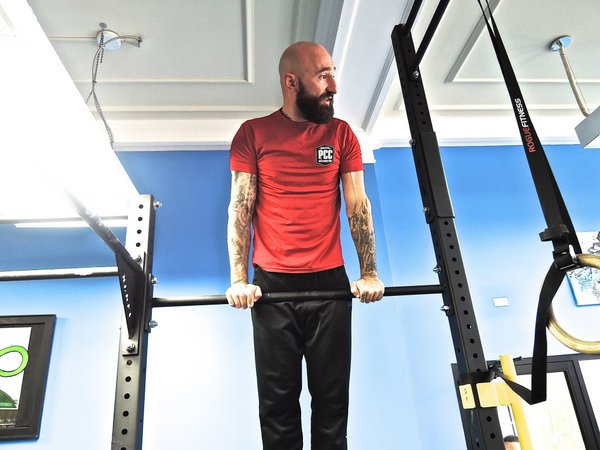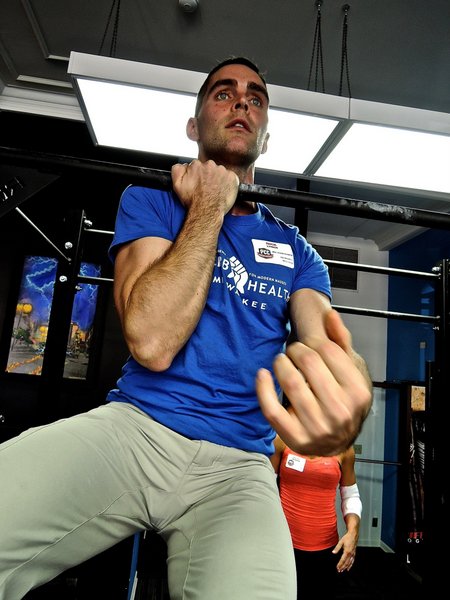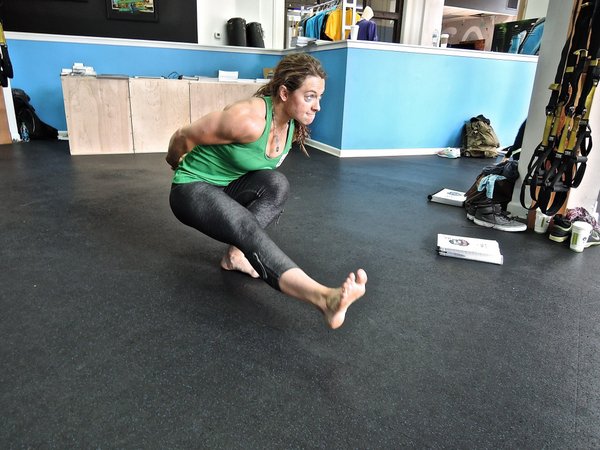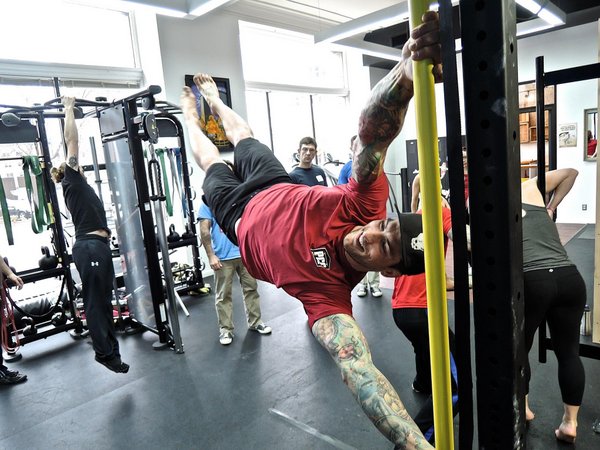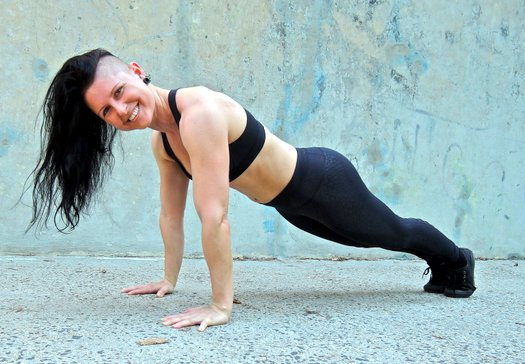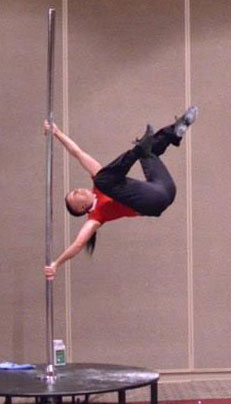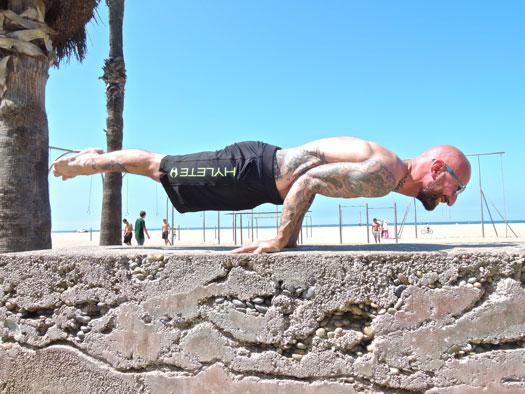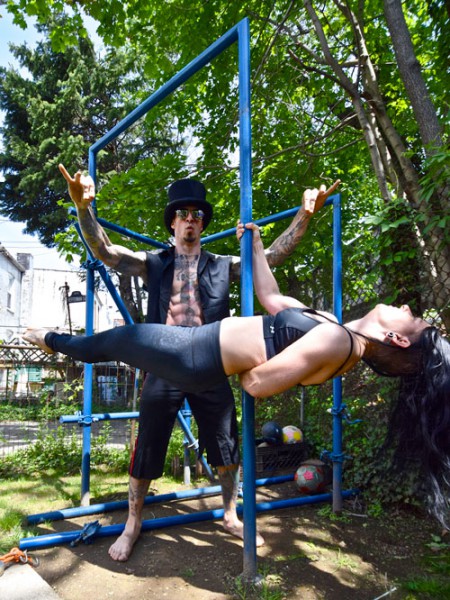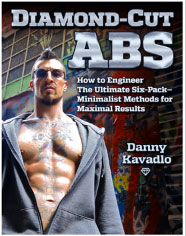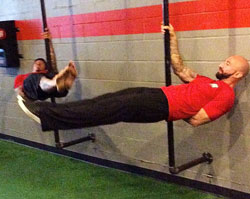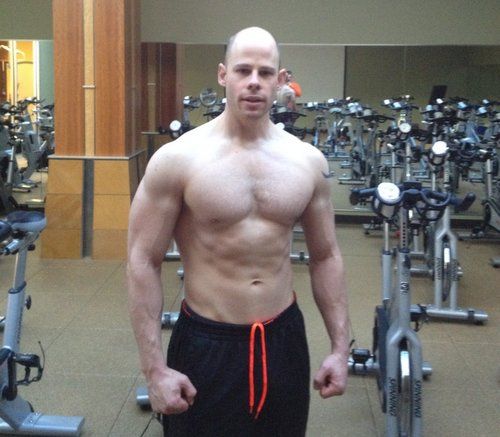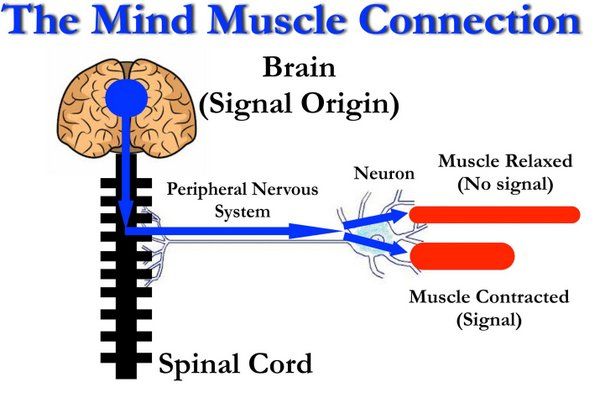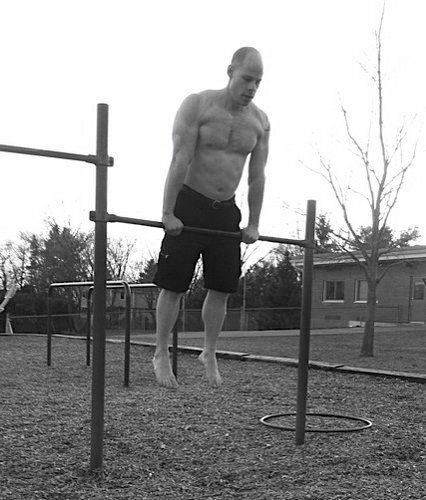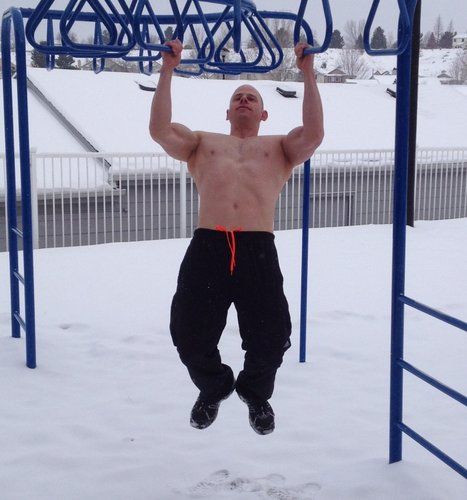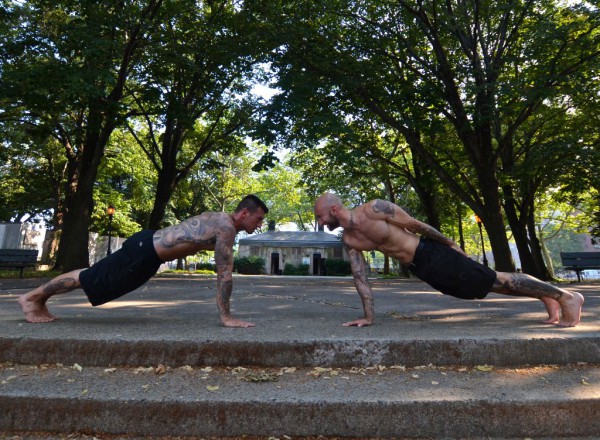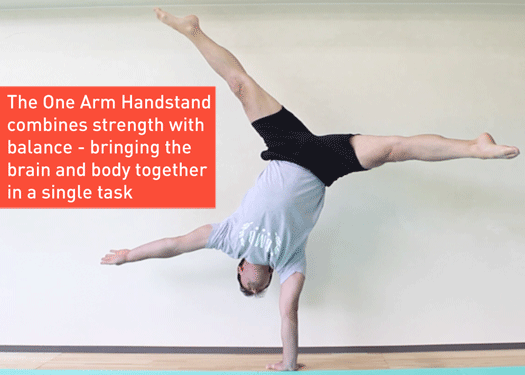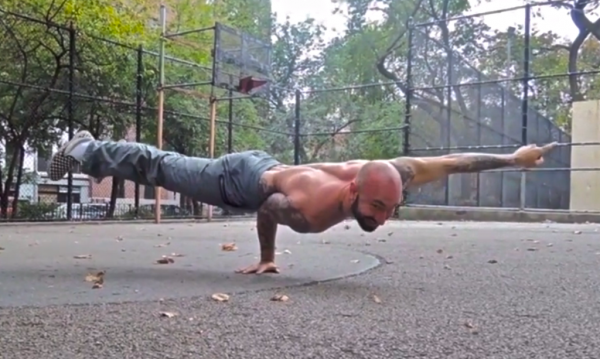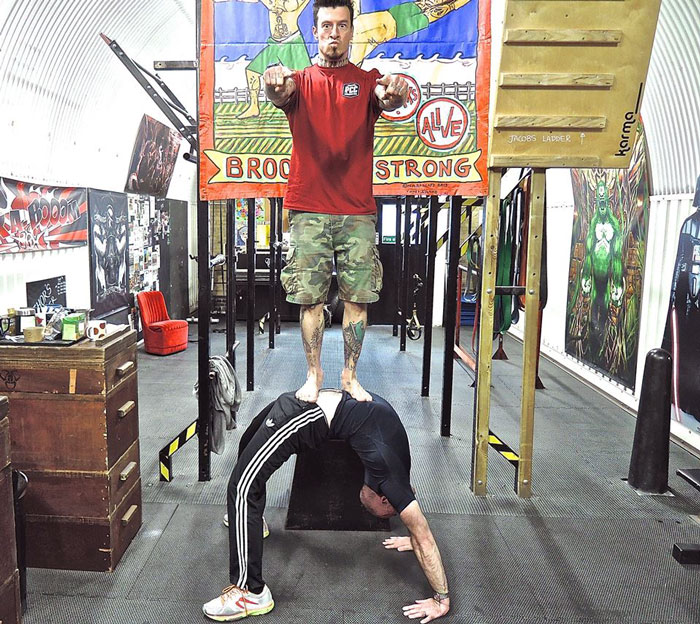
It has been well documented that exercise is good for our physical health but more recently the benefits of exercise have shown to have a great impact on our neurological and mental health.
Stress, anxiety and depression are conditions which are incredibly common in modern day western society. Our bodies and brains are susceptible to becoming overawed by the increasingly demanding pace of our lives as we attempt to manage a career, family life and eating healthily while still finding time to exercise. Add to this the fact that a rapidly increasing number of adults spend two hours commuting to their day job and then spend eight hours or more hunched over a desk–we have more than a few reasons that self-care gets neglected.
And while the general populous are well informed of the psychological effects of traditional cardiovascular pursuits (mostly running), it is less well known that strength training can have a profound effect on the human brain and a recent study made a direct link between resistance training and a decreased risk of dementia.
My own story draws lots of parallels with the points already touched upon.
I am someone who has experienced feelings of depression and generalized anxiety since my teens. I won’t delve into the reasons and just keep it relevant to the article, instead I want to share how strength and fitness has given me the tools to deal with it.
For years I masked these overwhelming thoughts and feelings through self-medication and isolation from situations which were uncomfortable, thus compounding those original triggers and behaviors.
I wanted to change my thoughts, behaviors and environment and escape the mental prison I had built for myself. Self-medicating was the only (albeit temporary) way out I knew. I had also been prescribed various medications which did not help and probably even made things worse.
It was then at the age of 25 that I decided I wanted to join a gym. I figured I could find a new outlet, a new, healthy obsession that built me up instead of dismantling my already frail body and mind.
So, with the support of an old school friend who had recently got back in touch, I took the plunge and signed a contract at a local chain gym.
It was tough going for a few months at least, out of my comfort zone and into a neon lit space full of people who very body conscious and (in my paranoid head) judgemental of skinny newbies invading their sacred space. On closer inspection however, I realized that I was not the only one who was unsure of themselves. There were lots of people pushing weights, sweating on running machines who looked like they were not necessarily enjoying what they were doing but still they were there, putting in the graft because somehow, they knew it was important. This inspired me to not quit when the going got tough, when I didn’t feel like driving to the gym to workout, when I wanted to lie in bed and eat junk food instead.
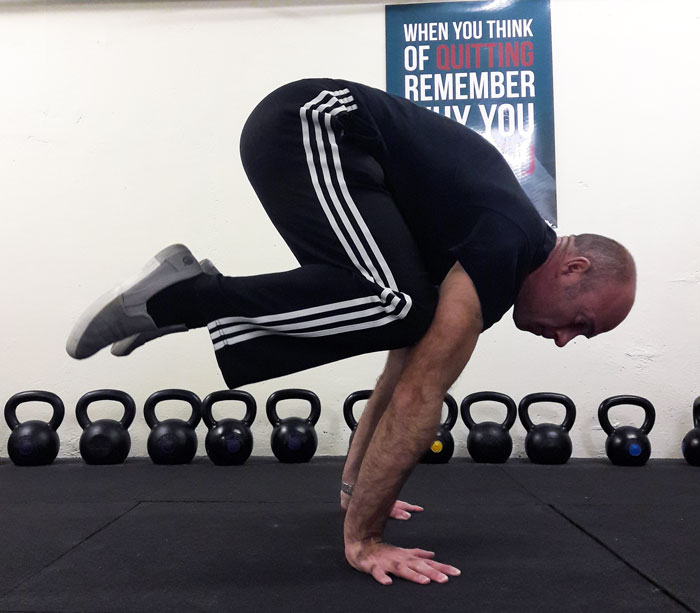
But gradually, things began to change. I started to notice an increase in energy levels, my physique was changing, muscles were starting to appear, and my mindset began to shift. My mood was more upbeat and my ‘stress cup’ was bigger. When the dark clouds did gather in my mind, they didn’t stay as long, and I could tell myself that they would pass instead of crumbling under the feelings. I started to give thought to how the weekend binges were having on me and I began to question whether I wanted to stifle my newly acquired gains with the habits I knew so well. The biggest shift was in starting to look forward to working out every other day rather than a thing to fear and dread like some necessary evil that must be endured to feel good about myself.
Over time, I curbed the drinking (no more binges) quit smoking and a new-found sense of belief and confidence took their place thanks to my now fully ingrained ‘gym addiction’. A few years later I discovered the magic of bodyweight calisthenics and from then I knew that I had found something that would keep giving back to me as long as I paid my dues.
As we draw towards the end of another year, men and women everywhere will begin a period of self-reflection, they will question the way they look, the way they perceive themselves and then tell themselves they really ought to start looking after themselves more in the new year. Many will join a gym (not for the first time) and will tell themselves they must go. That’s all good. However, it’s a sad fact that most gyms are full to bursting in January with eager new recruits but by March too many have lost patience or will to succeed and fall off the fitness wagon before repeating the same cycle next year.
The irony is that nobody actually needs a gym membership to improve any part of their health. Part of the beauty of bodyweight calisthenics and all the progressions taught at the PCC require nothing but something to pull on and the floor beneath you. And as Al Kavadlo says, “If you don’t have the floor beneath you then you have much bigger problems”.
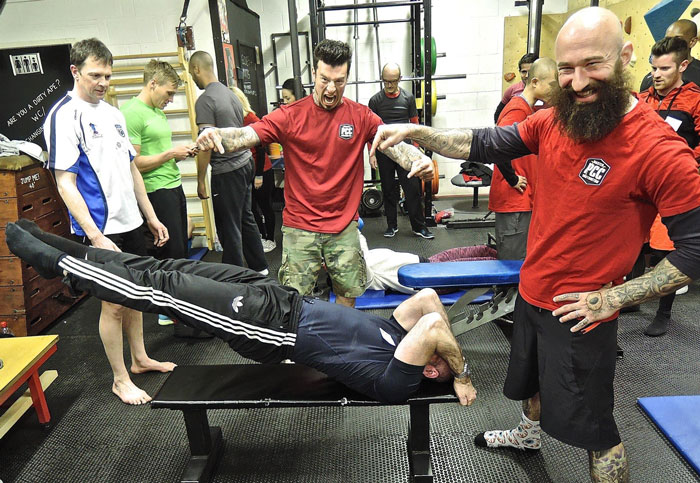
Even thirty minutes of brisk walking a day in the fresh air can have a hugely positive effect on both physical and mental wellbeing. These days, my training equipment checklist consists of little more than a skipping rope, a pair of gymnastic rings and a tree in the park to hang them from.
Of course, I am not suggesting that doing a bunch of push ups and pull ups will completely rewire your brain and make the pain of having a mental health difficulty go away. I still have days where I feel low for sure. No, I am saying that training my body gives me the most incredible coping mechanism imaginable, which means I can accept myself, my thoughts and feelings without drowning in them. Strength training has given me self-respect and made me a better husband and father, not to mention a pretty decent body for a guy over 40. I am truly thankful for having found strength in strength. Now, as a coach and personal trainer, my mission is to inspire other men just like me to be the best they can be.
****
Steve Llewellyn is a personal trainer and PCC Instructor from Birmingham, UK who specializes in helping men over 40 discover a passion for becoming stronger, healthier and changing mindset around nutrition and recovery. He runs 1:1 and small group training at The Bodyweight Basement. He can be contacted at bodyweightbasement.co.uk or email: stevellewellyn99@hotmail.co.uk Follow him on Facebook facebook.com/trainersteve99/
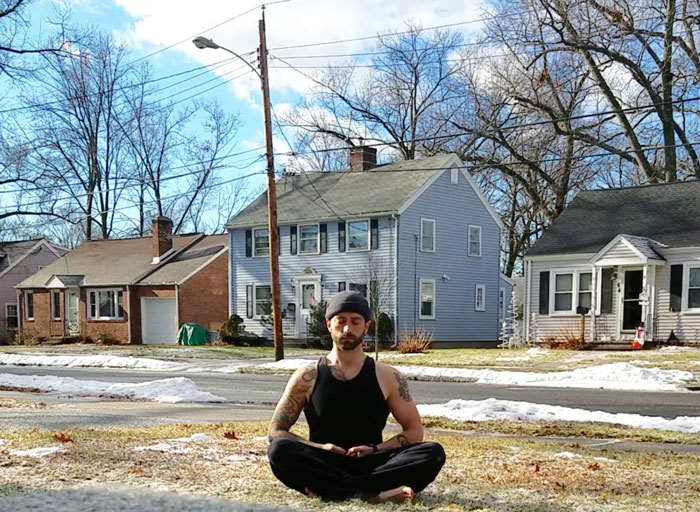
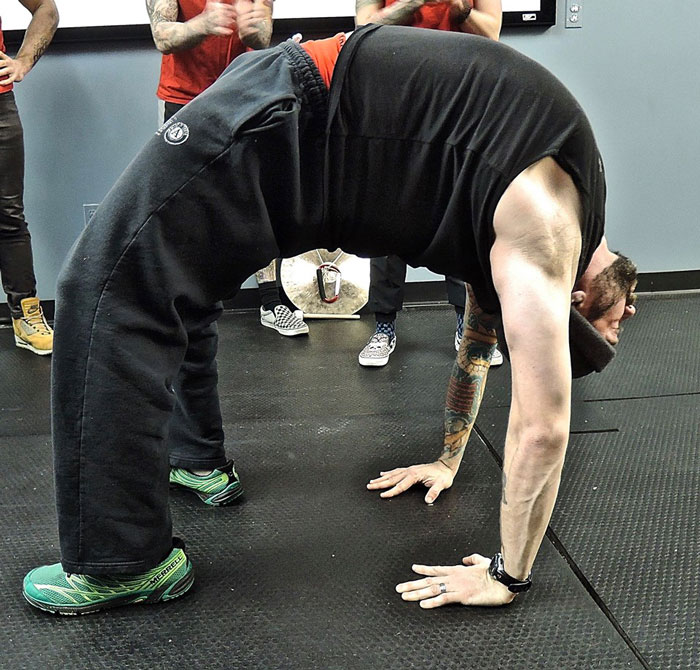

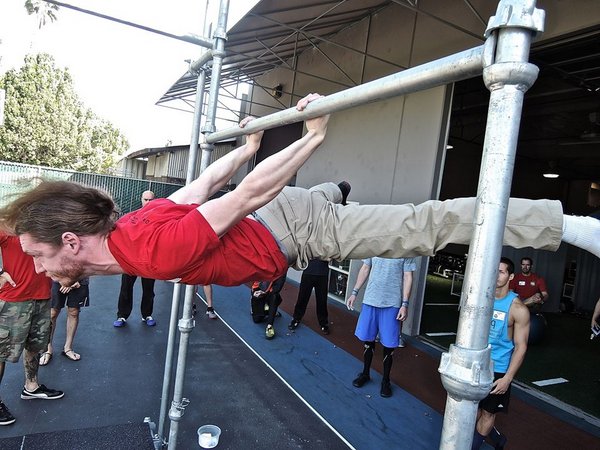
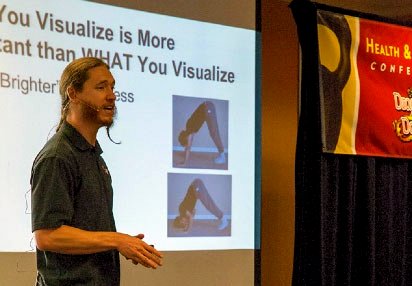
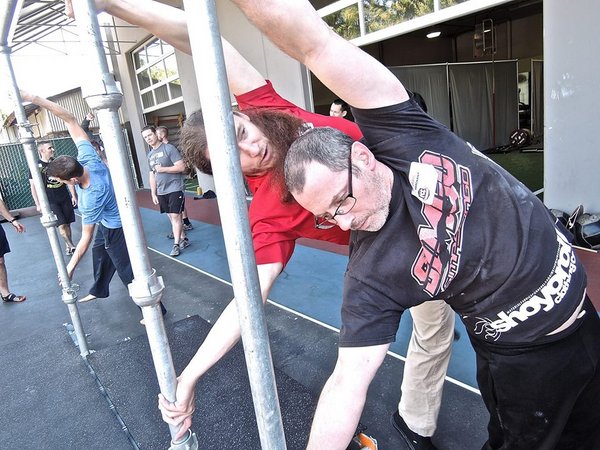
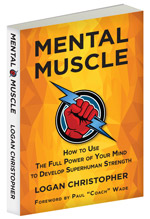
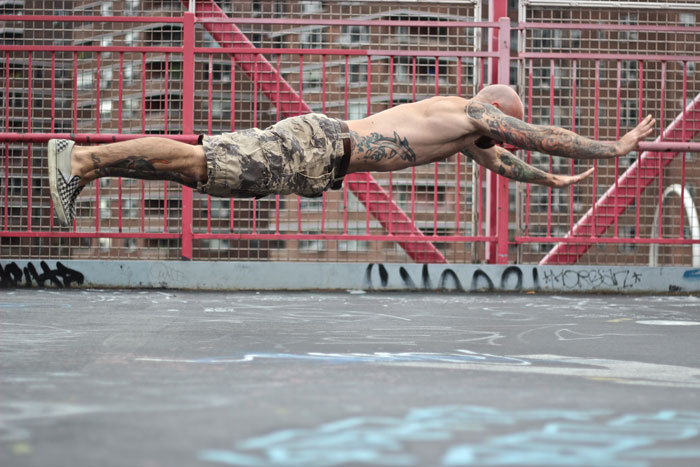
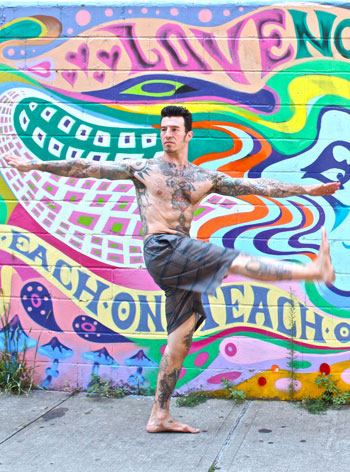
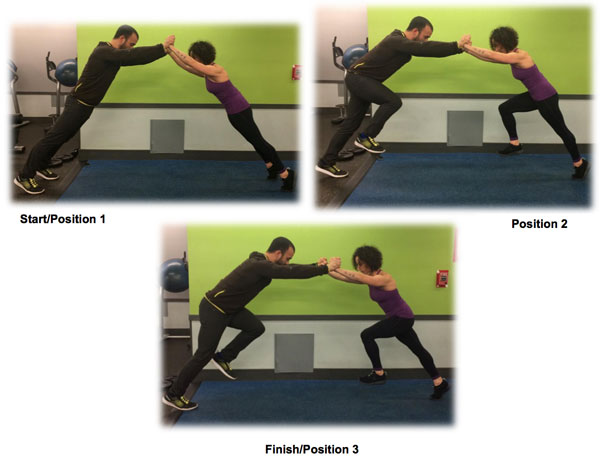

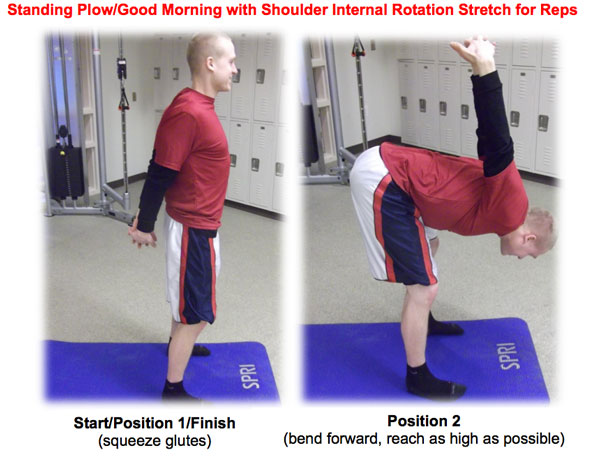
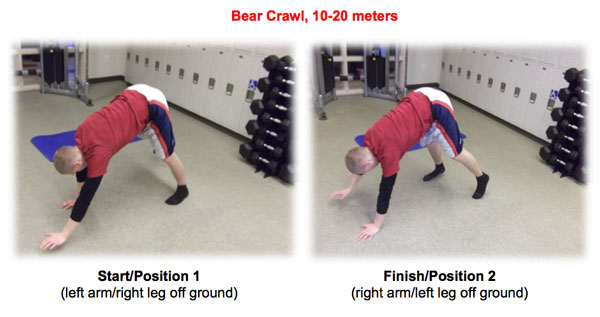
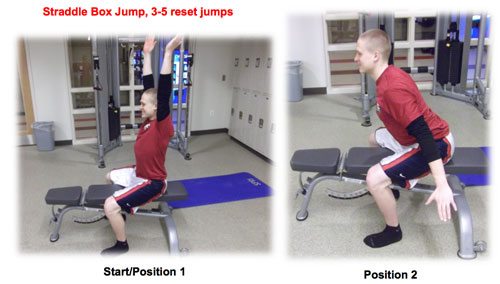
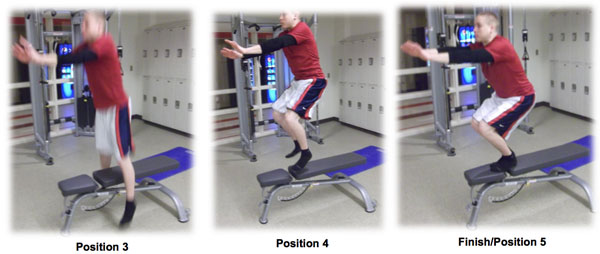
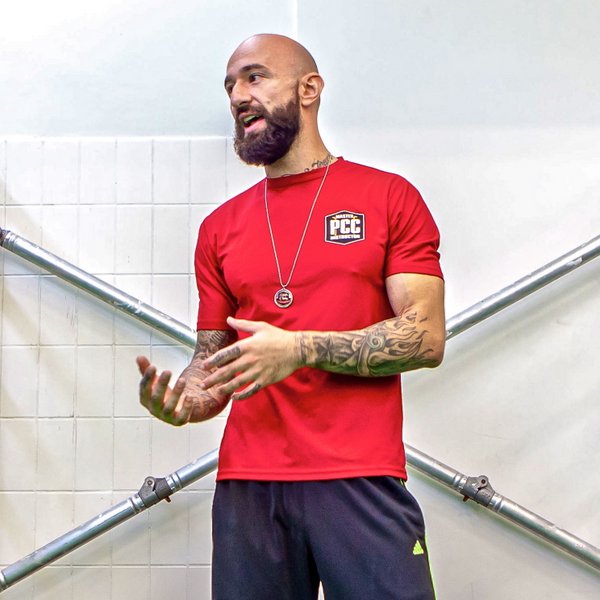
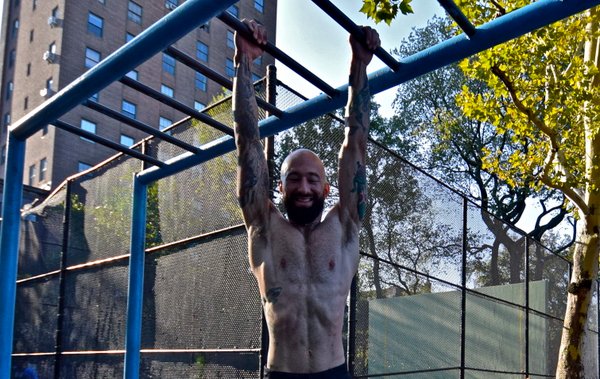
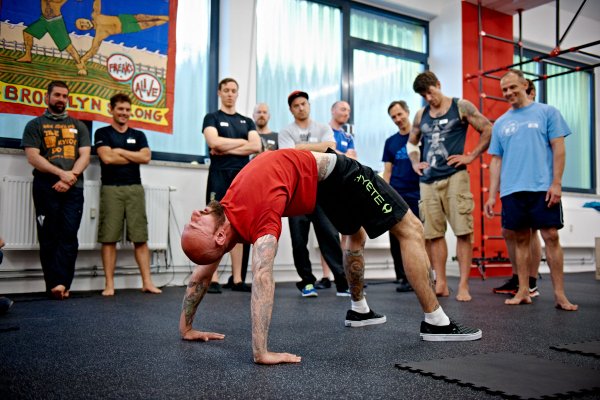
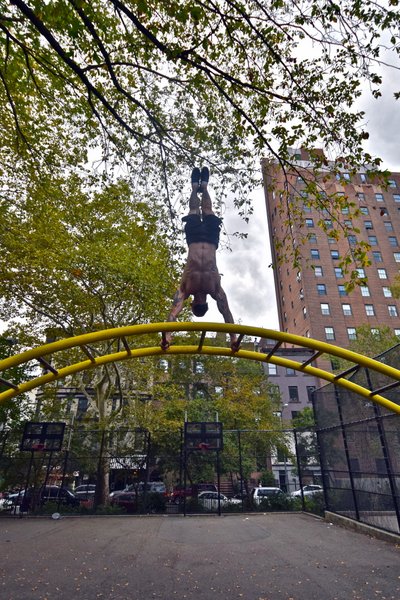
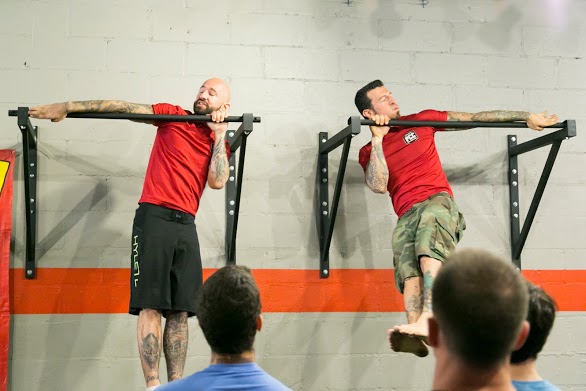
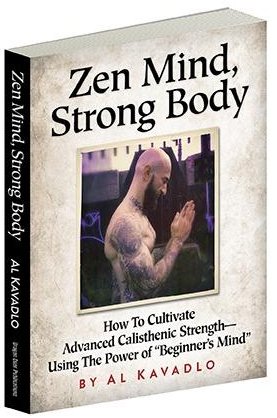 Now available from Dragon Door Publications:
Now available from Dragon Door Publications: